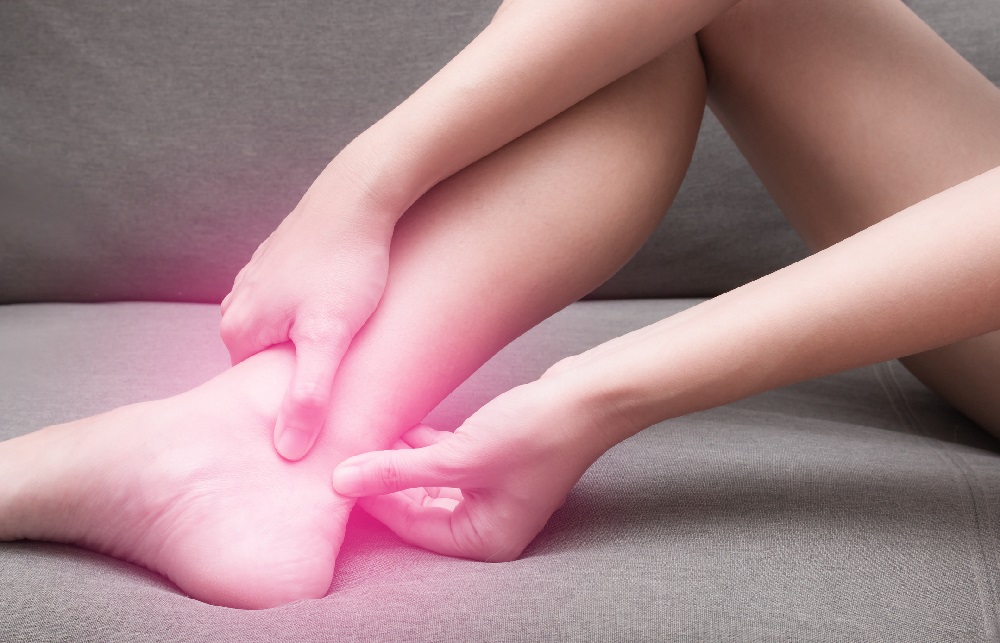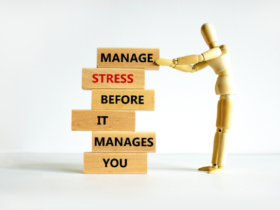The largest tendon in the human body is known as the Achilles tendon. Although it can withstand a lot of pressure, it continues to hurt.
Achilles tendinitis, or tendonitis, typically develops due to micro-tears within the tendon that happen while demanding, intense activities like jogging. Achilles tendon inflammation treatments (เอ็น ร้อยหวาย อักเสบ รักษา, which is the term in Thai) are available nowadays, or you can apply an ice pack to reduce inflammation on a temporary base.
The tendon can rupture or tear if left untreated. Treatments for milder cases include relaxing or modifying an activity regimen, although surgery may be necessary for more serious cases.
A group of strong fibers known as the Achilles tendon supports the ankle and calves while moving. The Achilles tendon is extremely vulnerable to wear and strain since it is necessary for running, walking, and jumping. A tendon’s damages frequently cause discomfort and may limit an individual’s mobility.
What Are The Causes?
Usually, significant or recurrent pressure on the bones of the ankles and feet causes a tear or rupture. People who participate in sports like tennis, football, and soccer, which call for rapid shifts in pace or instructions, often suffer from Achilles tendon injuries.
What Leads To Damage To The Achilles Tendon?
Tendonitis may result from overuse or tissue injury. Your leg’s back and the area surrounding your heel may hurt. Due to tendon inflammation, you may notice that some of your tendons are thickening and stiffening. When you neglect to take care of that, it will only become worse. Tendonitis comes in two primary varieties:
Achilles tendinitis that is non-insertional. Your tendon begins to deteriorate due to little tears in its central fibers. Pain and edoema are the results of this. Active, younger persons with this type of tendinitis typically suffer from it.
Achilles tendonitis inserted. The area wherein the tendon connects with your heel bones is damaged. In such a situation, bone spurs (additional bone growth) frequently develop. Even active people can develop this kind of tendinitis at any age.
An Achilles tendon injury can happen to anyone. They are frequently connected to chronic stress. Some of the most typical risk elements are as follows:
- An increase in the amount or level of difficulty of a sport or activity
- Developing a new sport
- working out on an unlevel surface
- Tightening muscles in the calf before a workout or game might put greater strain on the tendon.
- Wearing the incorrect footwear for working out









